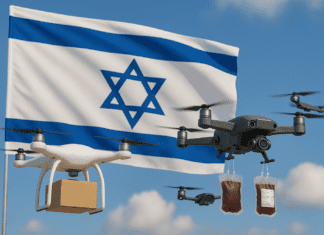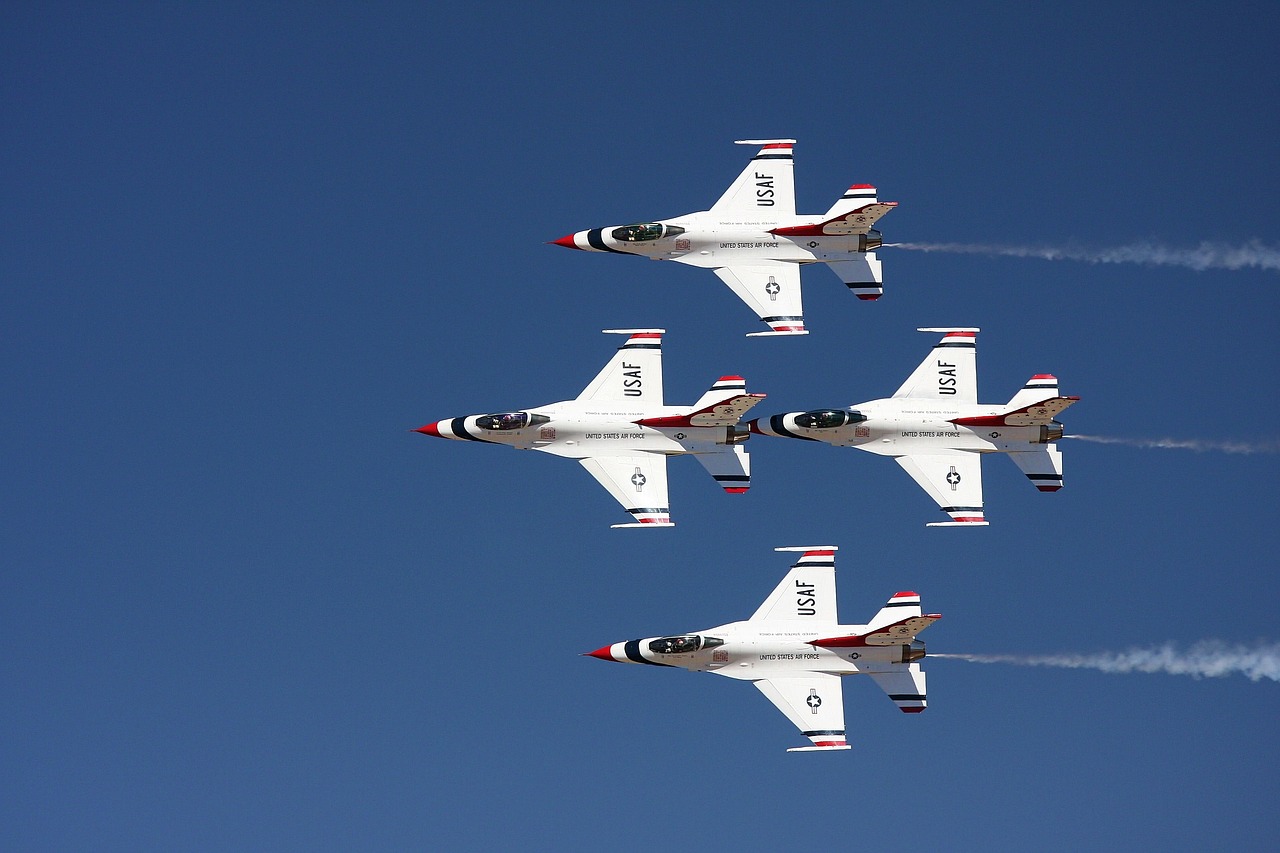This post is also available in:
 עברית (Hebrew)
עברית (Hebrew)
As space missions push farther from Earth, keeping astronauts healthy becomes a complex challenge. The unique conditions of space—such as low gravity and increased radiation—pose risks that are rarer or less serious when faced on earth, including bone loss, muscle weakening, vision changes, and higher chances of cancer. With limited access to doctors and delayed communications, space agencies are turning to technology to provide autonomous medical support.
According to Cybernews, one promising development is the Crew Medical Officer Digital Assistant (CMO-DA), a collaboration between NASA and Google. This AI-driven system is designed to assist astronauts by diagnosing and suggesting treatments when immediate medical help isn’t available. Using natural language processing and machine learning, CMO-DA analyzes symptoms in real-time, supporting crew medical officers and flight surgeons in managing health issues onboard. Early tests have shown the system can handle a range of conditions, such as ankle injuries and ear pain, with ongoing improvements planned by integrating additional data from medical devices.
Beyond diagnostics, AI is being used to monitor cognitive health during missions. NASA’s Translational Research Institute for Space Health (TRISH) is working with an eye-tracking platform called HarmonEyes to measure mental fatigue and cognitive load. This system will undergo real-world testing later this year in Antarctica, an environment that mimics some of space’s extreme conditions, aiming to predict cognitive decline before it affects performance.
In Canada, efforts are underway to automate astronaut health checks through Connected Care Medical Modules (C2M2s). These devices track multiple health indicators and use AI to provide quick assessments, potentially useful in space and remote Earth locations.
While developed for space, these technologies could have far-reaching benefits back on Earth, especially for people in remote areas, disaster zones, or conflict regions where timely medical care is limited. Companies like medAstra are already adapting space-grade health monitoring tools for terrestrial healthcare, highlighting how innovations aimed at keeping astronauts safe may soon raise medical standards worldwide.


























